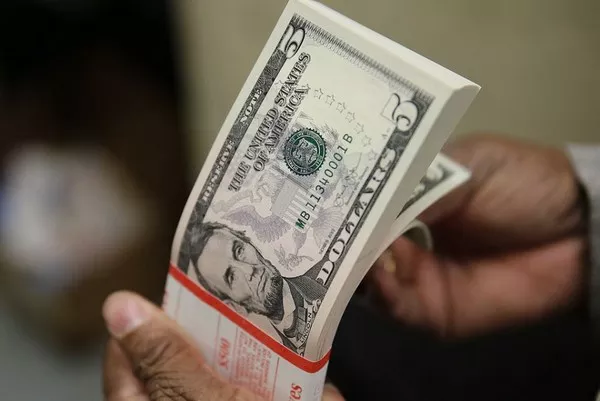The Fed will resume tightening policy on July 26. Inflation is slowing but remains well above target, and officials may not feel comfortable taking risks given the tight labor market and resilient economic activity. The Fed will continue to signal further rate hikes, but with the credit cycle turning, we doubt it can stick around.
A 25 basis point rate hike is a no-brainer
The Fed kept its federal funds target rate unchanged at 5-5.25% in June after raising rates 10 times in a row over the past 15 months. While it was a unanimous decision, there was a hawkish message in the press conference that followed, and in the Fed’s latest forecasts, suggesting broad consensus on the idea of two more rate hikes later this year.
Federal Reserve Chairman Jerome Powell said the long and various lags in monetary policy meant the decision should be read as a slowdown in the pace of rate hikes rather than a real pause. While inflation is slowing, it’s still too high and the job market remains so tight that the Fed can’t take any chances.
Comments since have been consistent with that message, with officials broadly supporting the July 26 FOMC announcement that it would raise rates another 25 basis points, widening the fed funds rate range to 5.25-5.5%. Fed funds futures contracts are pricing in a 24 basis point hike, with economists almost universally expecting a 25 basis point hike.
Keeping the door open to further rate hikes
This scenario chart outlines the options the Fed may face and our view on the likely market consequences of these actions. The chances of no change and a 50 basis point hike seem very slim given what officials have said. The dilemma is whether the Fed should raise rates by 25 basis points and insist on the need to signal that one or more hikes may be needed, or shift to a more data-dependent stance.
The data-dependent narrative would be a shift in stance and lead markets to lock in the possibility of no further rate hikes from the Fed. That could lead to sharp falls in U.S. Treasury yields and the dollar, easing financial conditions in the economy. Given the low unemployment rate, strong wage growth and the fact that core inflation is still more than double the 2% target, Fed officials would not intentionally support this scenario.
We therefore see a 70% chance of a 25bp rate hike, including comments emphasizing the need to focus on inflation risks, growth needing to slow below trend and further rate hikes “likely to be appropriate”. We would then say that there is a 25% chance of a more dovish 25 basis point rate hike, suggesting a possible peak in rates, while the 0 and 50 basis point hike outcomes each have a 2.5% chance of being realized.


